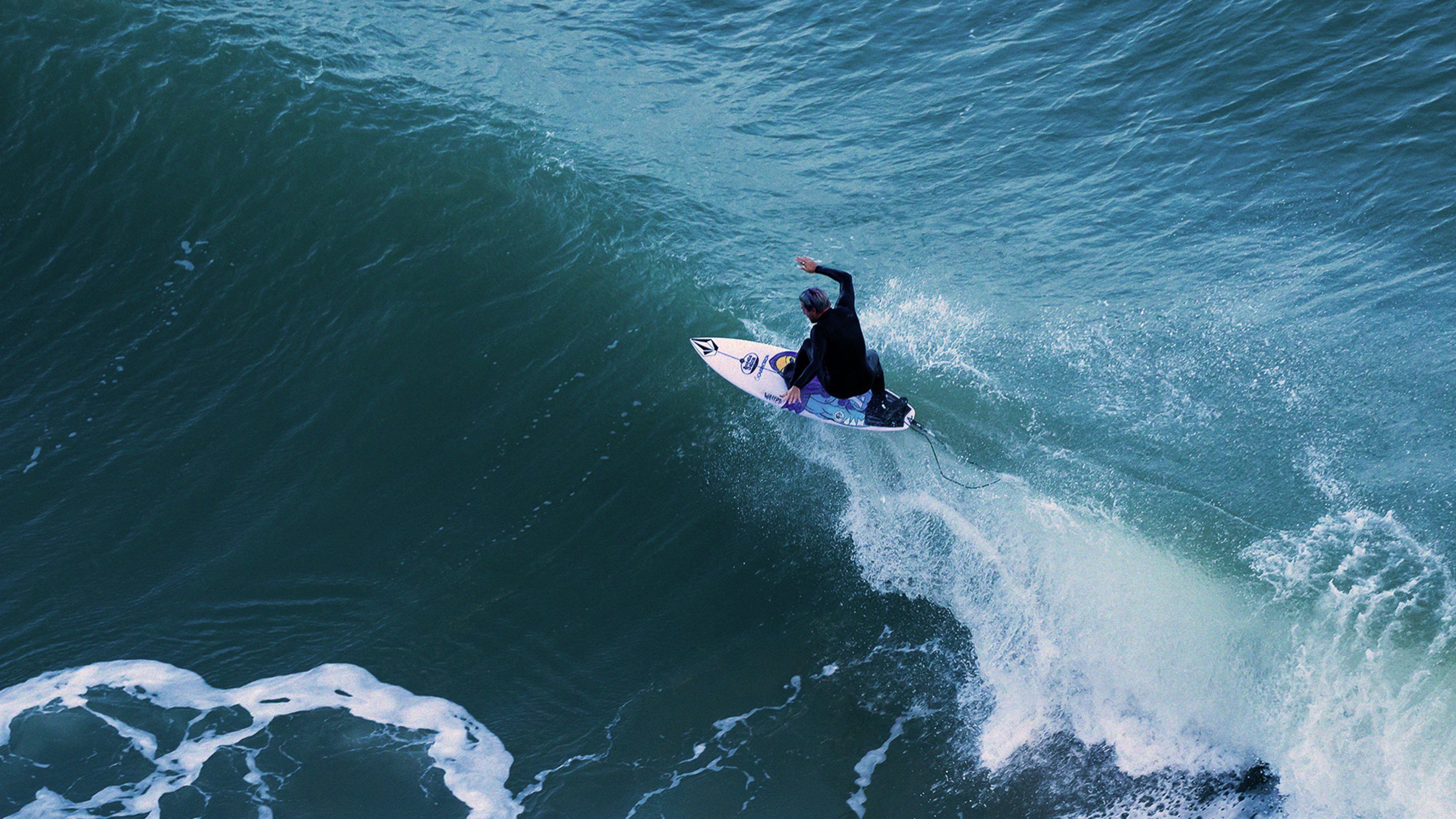
WETSUIT FEATURES
There are a lot of small details that we often forget about that can make or break a good wetsuit. When talking about wetsuit we mainly talk about the neoprene types, seam constructions, special linings, zip or no zip etc. These things are very important but there is more to look out for when shopping for a new wetsuit. Quality is often in the details, simplicity, ease of use and clever use of wetsuit features that make it better instead of making a wetsuit overcomplicated.
Featured wetsuits

KEY POCKET
Nothing worse than not having a place to put your key after you have suited up in the parking lot. A key pocket with key attachment elastic rope is one of the useful features that we add on most high-end wetsuits. The position of this pocket is important, make sure it’s easily accessible when you are suited up to stash your key. For example, a good place for a key pocket is on the side of your shin area.

STRESS POINT REINFORCEMENTS
A high-quality, well-designed wetsuit has small reinforcement patches heat melted to the inside of your wetsuit, these patches are called Melco dots. They help make a wetsuit last longer. They prevent over-stretching, which can lead to tear the wetsuit. You usually find this patch on the inside of the wetsuit where multiple seams meet in one place. Melco is also used to secure the end of a blindstitch thread to prevent unravelling.

DRAIN HOLES
We strategically place a wetsuit drain hole on your wetsuit to allow for water to exit. Some wetsuits feature a drain hole in the shoulder area or on the ankles.

VELCRO ANKLE STRAPS
Velcro leg straps or ankle straps offer extra protection against cold water entering your suit through the ankle cuffs. They are often removable and offer an additional option. Velcro straps seal the gap between your wetsuit and your booties in winter. Commonly kiteboarders use these as wel as windsurfers to prevent water from splashing into your ankle cuffs while you plane at high speeds.

SHOULDER TENSIONER TOGGLE
A shoulder toggle is an elastic tensioner cord with a toggle, which allows you to apply tension on the shoulder opening of a chest zip or zipless wetsuit. It prevents water from entering your wetsuit by sealing off the shoulder panel.

SEALED ARM AND LEG CUFFS
A good wetsuit prevents water from entering your wetsuit. But you call it a wetsuit, not a drysuit, for a reason. For example, your wrist, ankle cuffs and neck are areas where water potentially enters your wetsuit, especially when you are wiped out hard. This is why we seal these areas as good as possible, without cutting off your blood flow and making it impossible to put your suit on and off.
SEAL CONSTRUCTION
A good way to get a good wrist and ankle seal is to limit the amount of stretch in the edge of the cuff. On top of that, make it stick to your wrists and ankles to create a good seal. We apply a strip of liquid rubber on the inside of the wrist. Another option is to stitch on a cuff panel with glideskin to create a seal. These cuff panels seal well but can be fragile at times. If the seal is too sticky it can pull out your arm or leg hairs when pulling off your wetsuit. So there is a fine line between a good seal and an uncomfortable or leaky one. Therefore, make sure your arm cuffs have the right size for you. Besides sealing well, they should feel comfortable without letting water in.

Ready to surf?
Shop from €159







